Check out all this cool deep-sea life discovered in the South Pacific
Marine researchers photographed all sorts of intriguing life in the Salas y Gómez Ridge near Chile, including dozens of previously unknown species
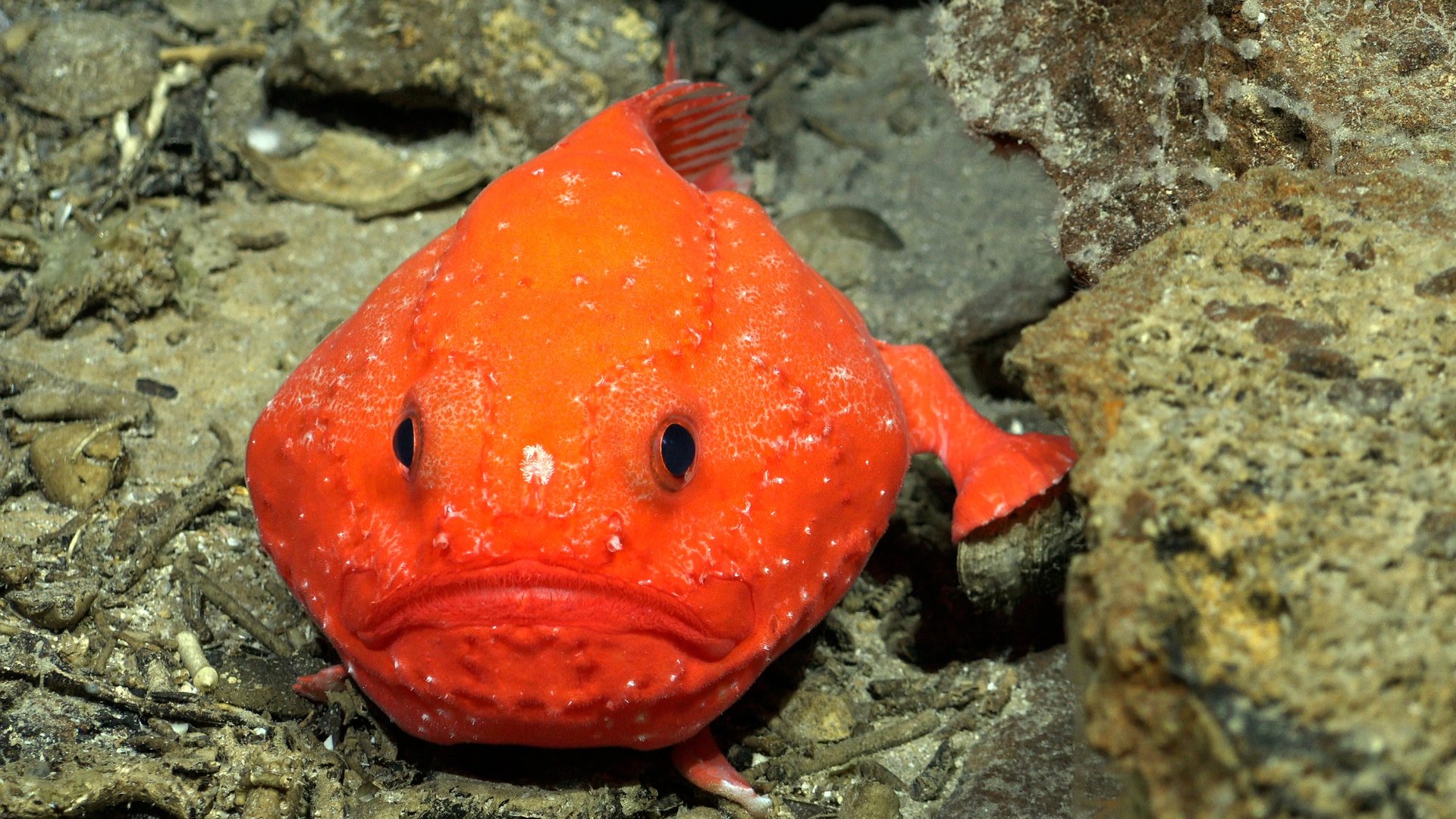
Much of the ocean’s life remains a mystery to us, but an international team of scientists has just filled in a few blanks after a 40-day expedition to the Salas y Gómez Ridge. The ridge is a lengthy corridor filled with over 100 underwater mountains that extends from Chile to Rapa Nui, more commonly known as Easter Island.
This month, the researchers announced their early findings. The region contains a rich biodiversity of marine and deep sea species and is important to the migration of whales, sea turtles, and various fish. The team was led by Erin Easton of the University of Texas Rio Grande Valley and Javier Sellanes of the Catholic University of the North in Chile; it also included scientists from Italy, Spain, and the Netherlands. To explore the ridge, the team used the Schmidt Ocean Institute’s research vessel Falkor (too).
The team observed 160 species that hadn’t been known to live in the ridge, with at least 50 of these species possibly being entirely new to science until now. One of these discoveries includes the deepest example of a photosynthesizing coral ever seen.
This research will not only improve our understanding of the life teeming under the sea but could inform conservation efforts, since the region is currently being considered for special environmental protection. “The observation of distinct ecosystems on individual seamounts highlights the importance of protecting the entire ridge, not just a few seamounts,” said Easton in a statement from the Schmidt Ocean Institute. “We hope the data collected from this expedition will help establish new marine protected areas, including on the high seas on the Salas y Gómez Ridge.”
Here are some of the fantastic images captured during the expedition.
2 / 13
A Galaxy Not So Far Away
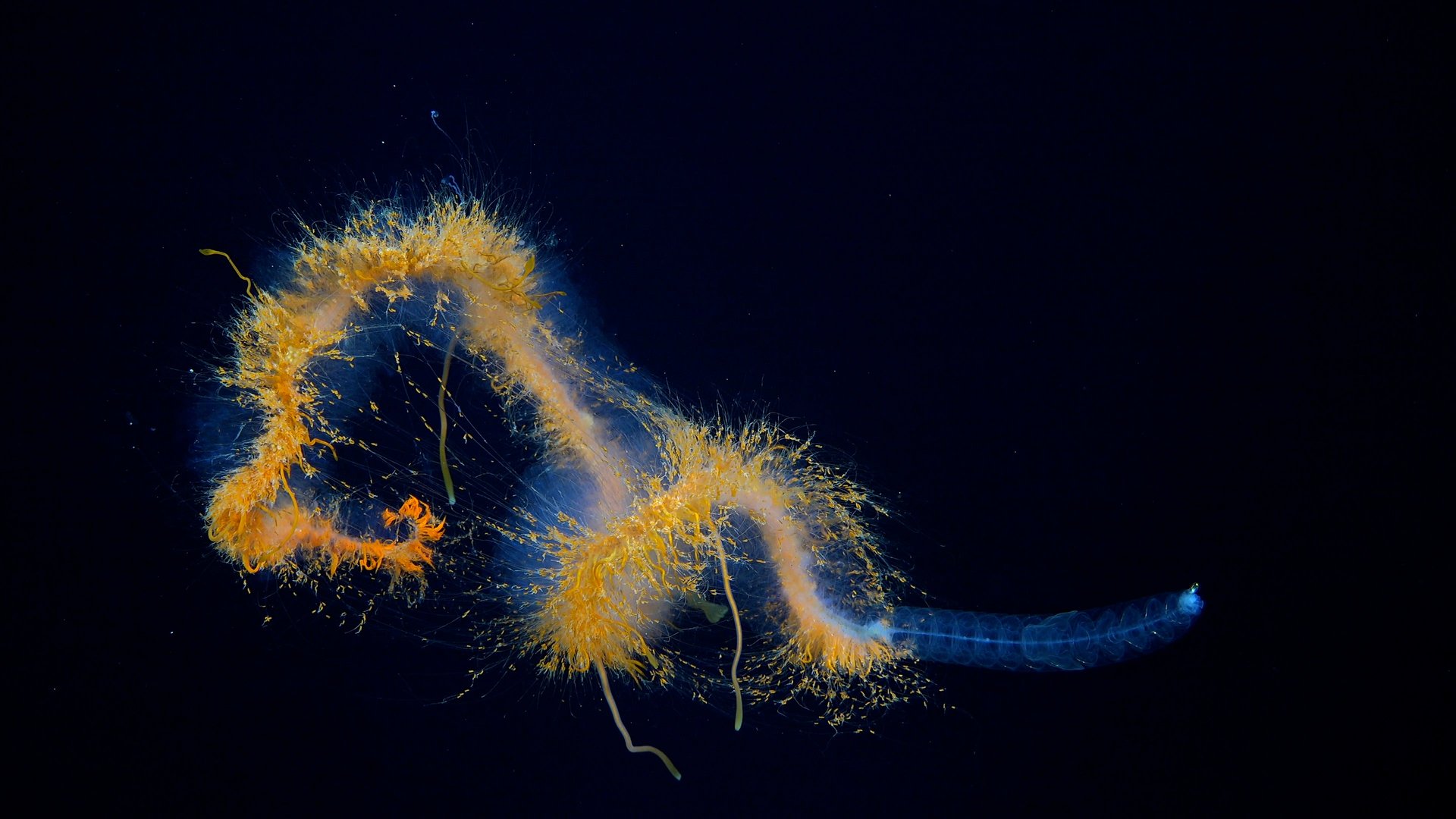
This otherworldly entity is a galaxy siphonophore, found on the northern flank of Motu Motiro Hiva, an uninhabited island along the Salas y Gómez Ridge. These marine animals are related to jellyfish and are composed of individual clones banding together as a colony.
3 / 13
Coral Hang
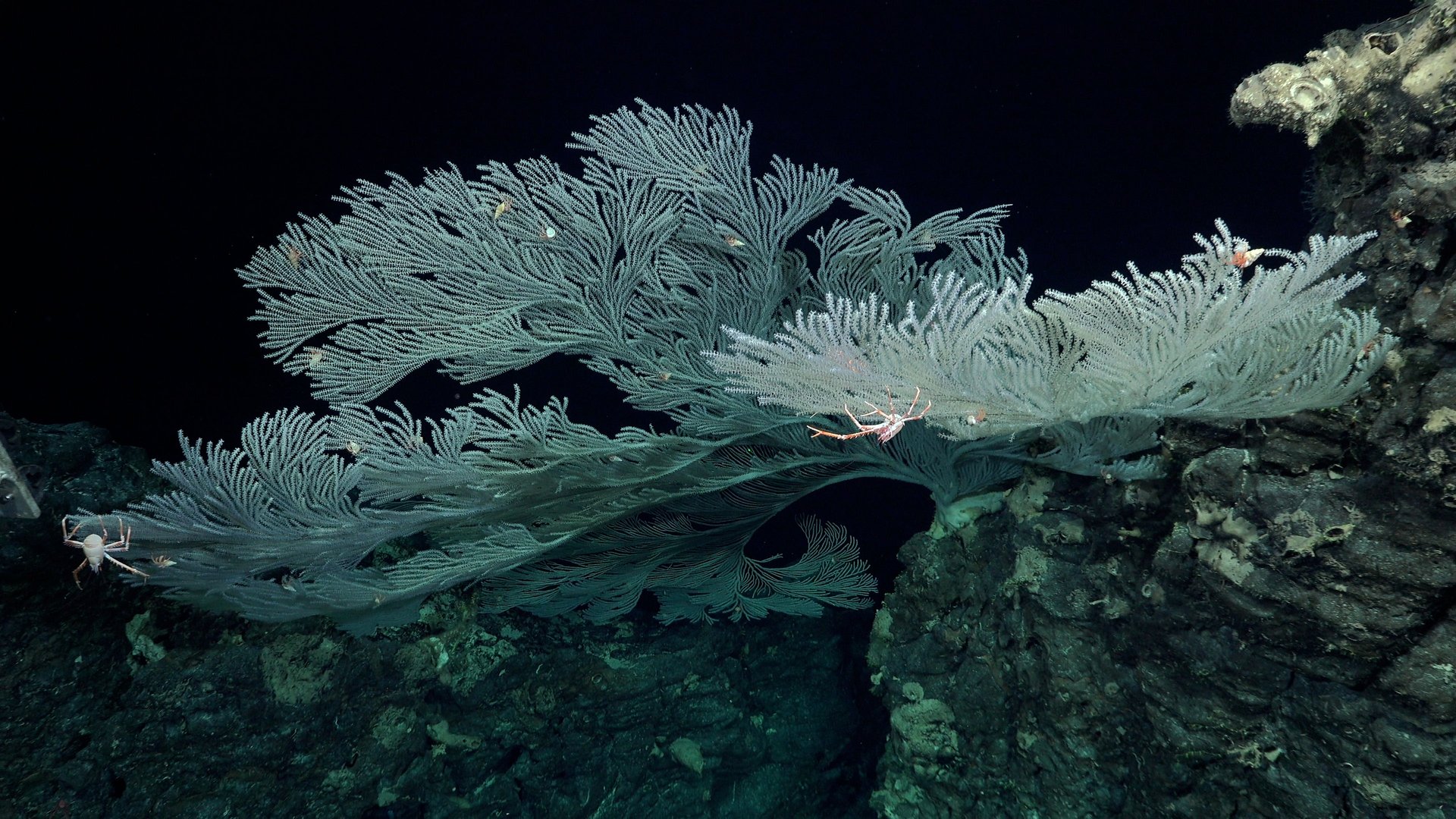
This coral belongs to the big, diverse family of soft corals known as Primnoidae. Other animals, including hermit crabs and squat lobsters, can be seen hanging out on the coral. This photo was taken in a transect on the western side of the seamount Moai, about 16 miles west of Rapa Nui.
4 / 13
A Star-Filled Sea
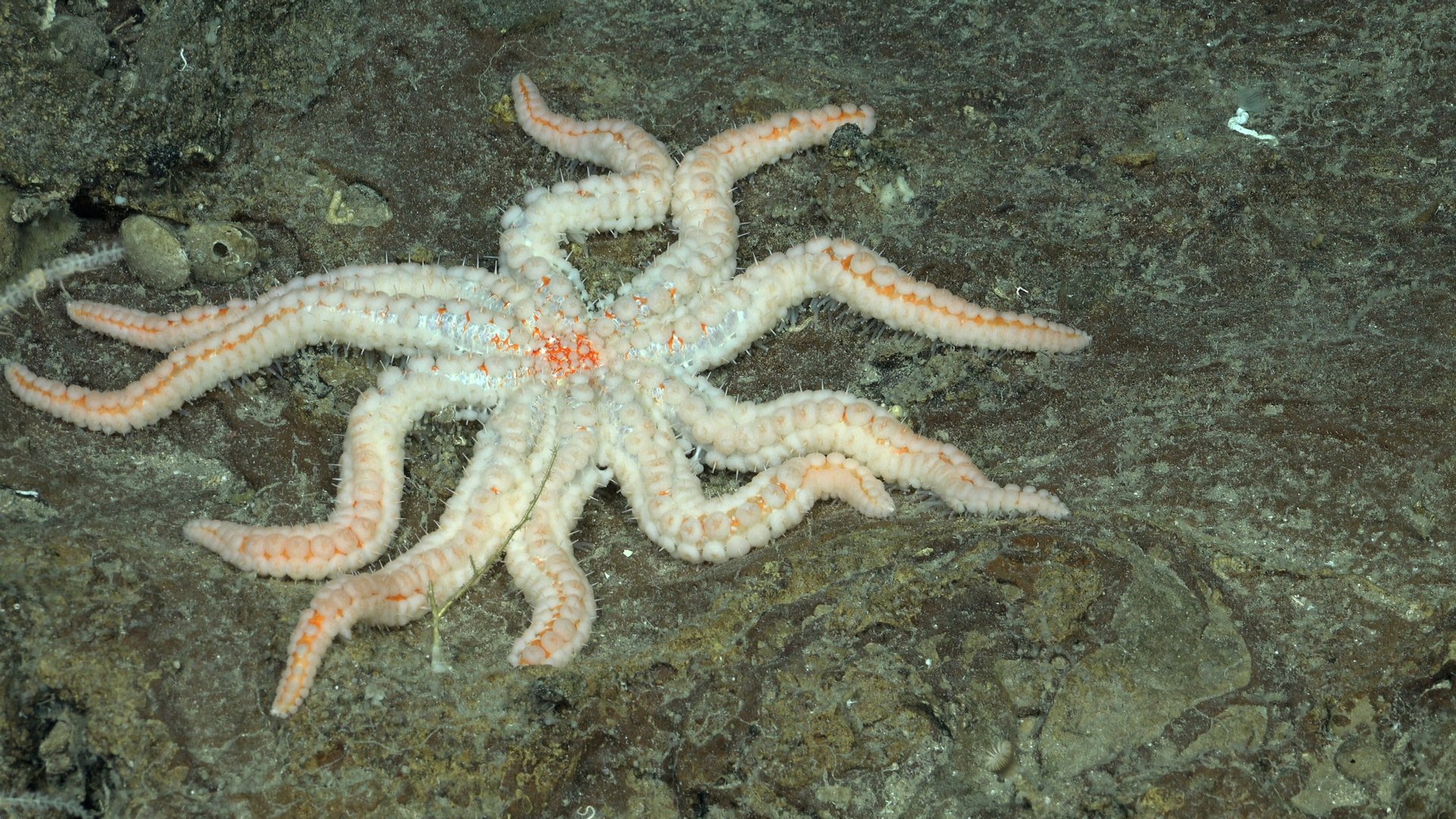
This many-legged celestial body is a member of a genus of starfish known as Coronaster. It was found in a transect on the southwestern flank of Rapa Nui.
5 / 13
Spiny Urchin
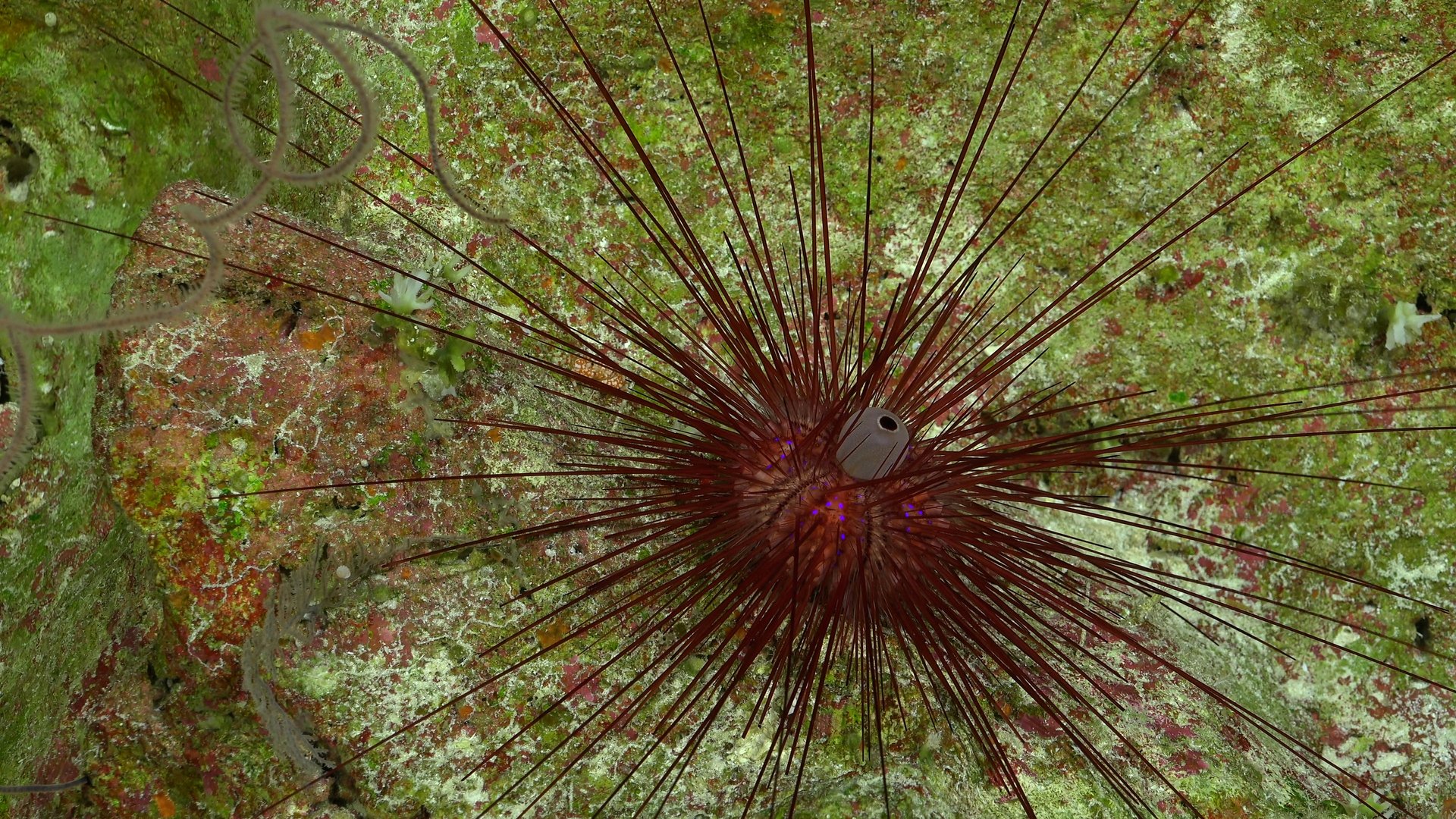
This spiny fellow belongs to a genus of sea urchins known as Diadema, which are commonly found in tropical waters. It was discovered on the northern flank of Motu Motiro Hiva.
6 / 13
A Deep Discovery
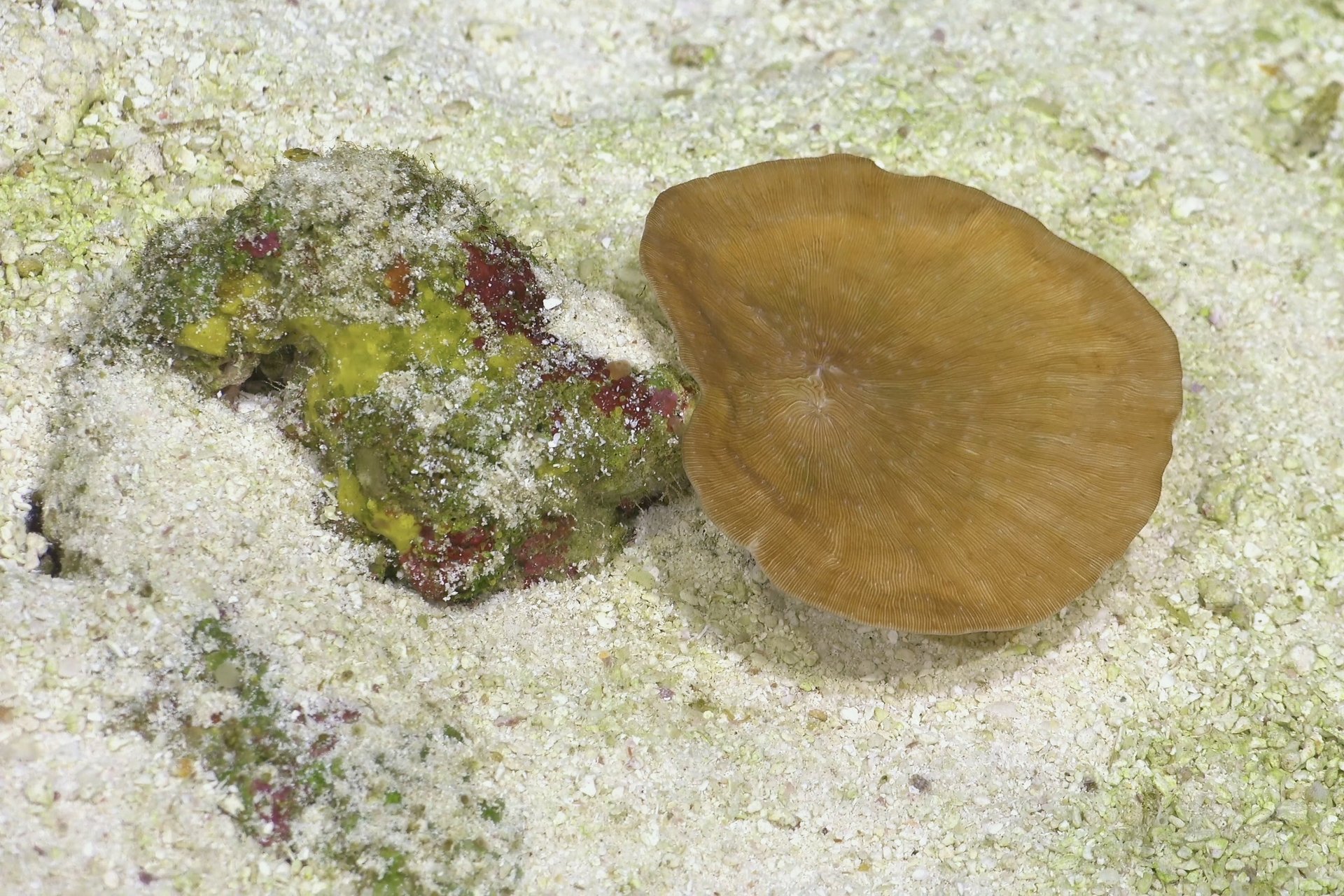
This is one of the many discoveries made by the research expedition. This coral is now thought to be the deepest photosynthesizing coral ever documented. It’s a member of the genus Leptoseris and was found on the northern flank of Motu Motiro Hiva.
7 / 13
An Apex Dragon
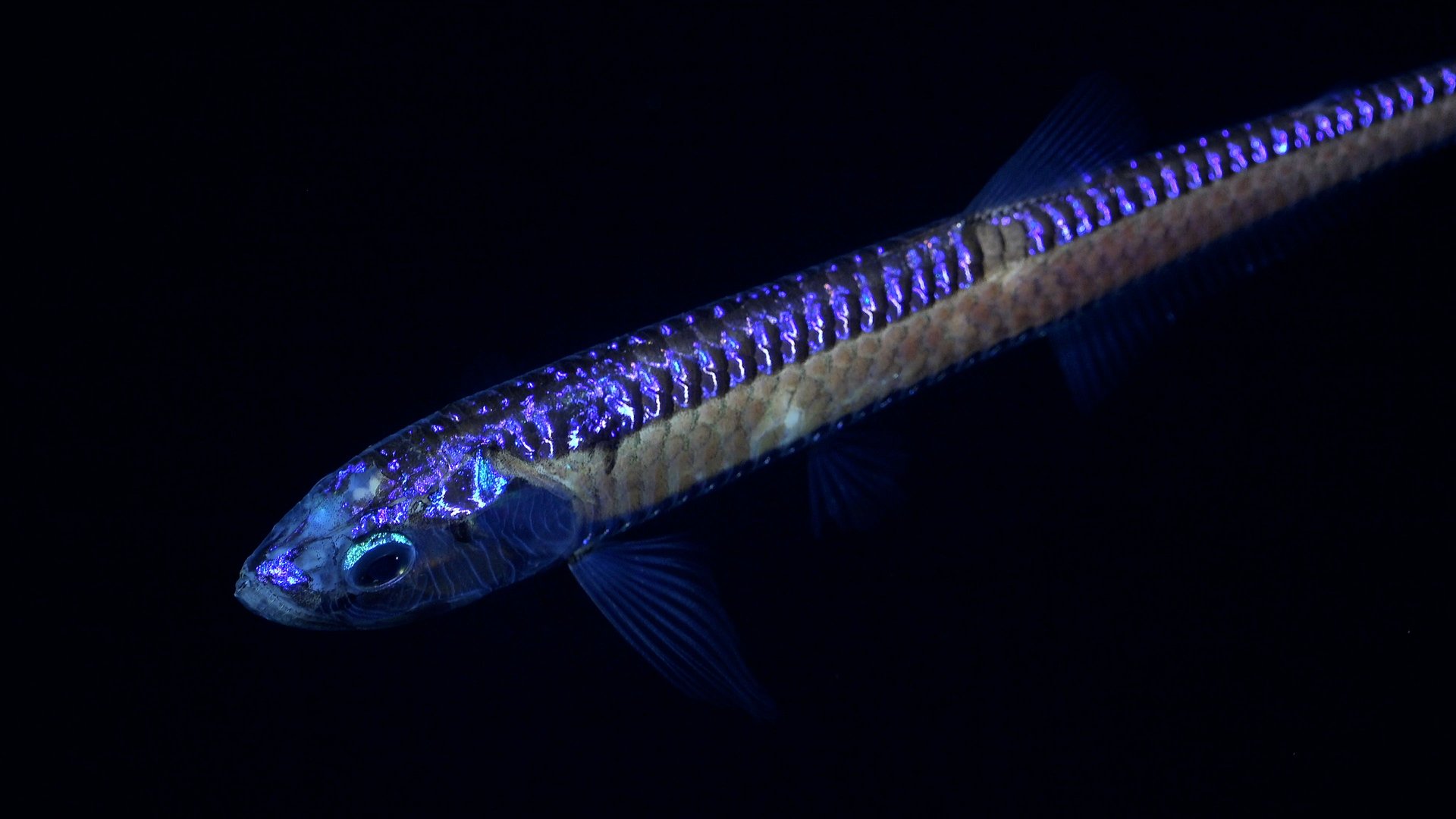
Don’t let the luminesce fool you: this dragonfish is actually one of the fiercest apex predators in the deep sea. Dragonfish are members of the family Stomiidae, and they’re equipped with massive jaws that contain incredibly sharp and transparent teeth. They’re also adept ambushers, often able to snatch up their prey without being noticed. This particular specimen was found on the southeastern flank of a still unexplored and unnamed seamount located near Chile.
8 / 13
A Fishy-Looking Toad

A member of the Chaunax genus, commonly known as sea toads. Despite the nickname, sea toads are actually anglerfish. This particularly colorful specimen was found off the southwestern flank of Rapa Nui.
9 / 13
An Octopus With Nothing to Hide
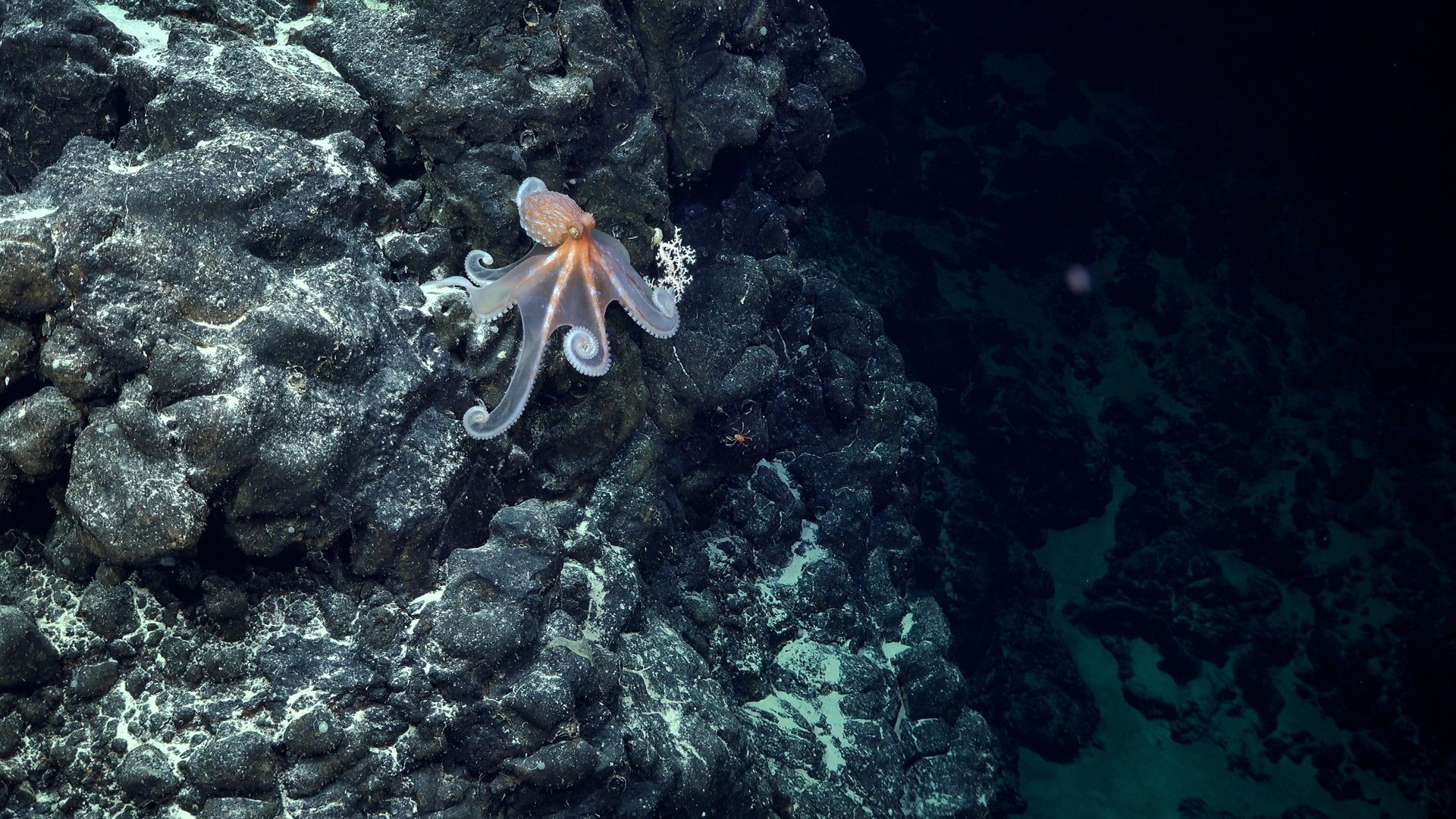
This semi-transparent octopus was found on the southeastern flank of an unexplored and unnamed seamount located east of Motu Motiro Hiva.
10 / 13
Mixed Company
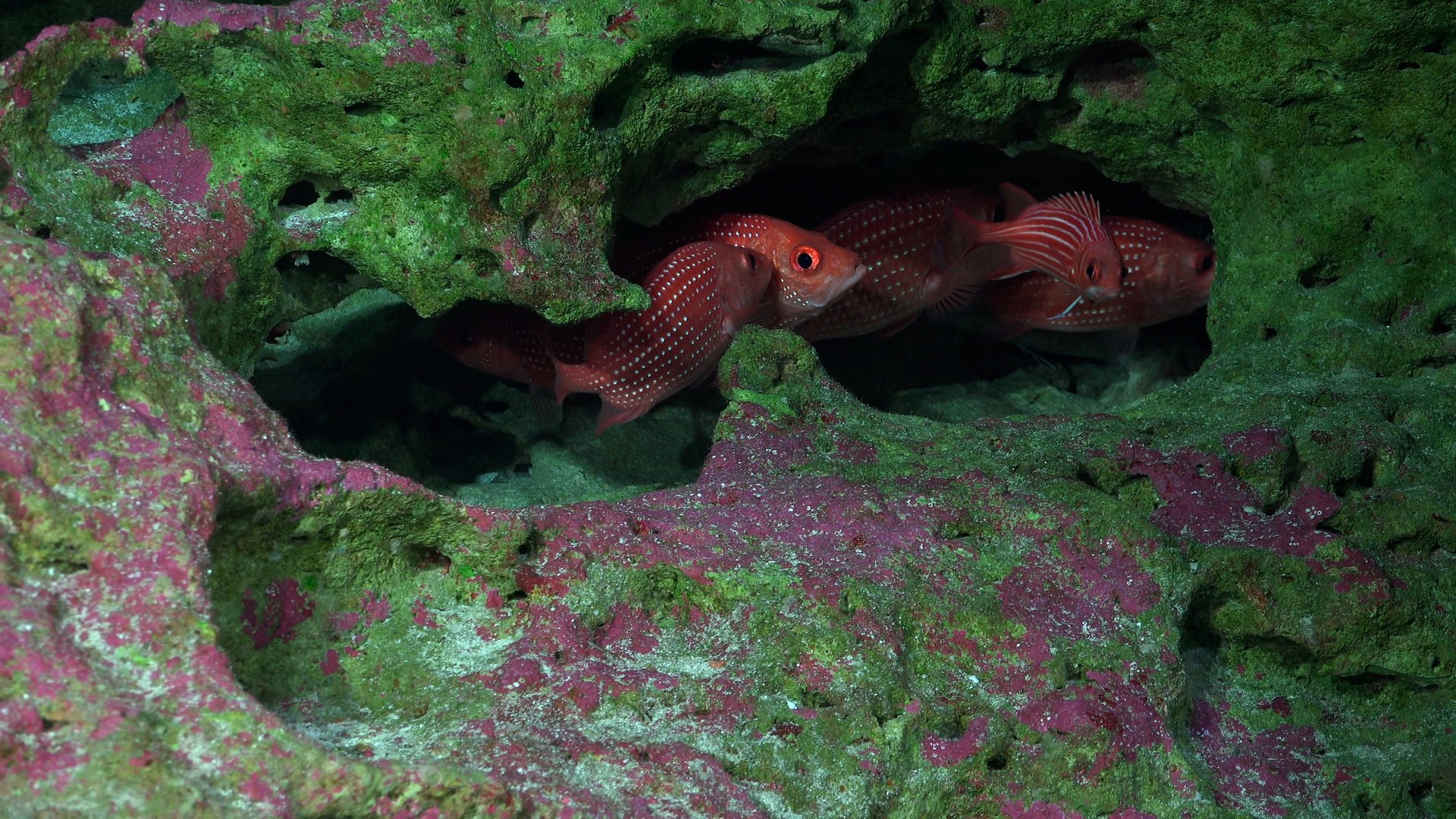
These fish were found along a transect on the summit of the seamount Pukao, about 50 miles west of Rapa Nui. It’s possible that these are a mix of two known fish species, Sargocentron wilhelmi (a species of squirrelfish) and Pristilepsis oligolepis (a species of soldierfish).
11 / 13
The Scariest-Looking Umbrella Possible

This little guy is an unidentified hydroid found on northern flank of Rapa Nui. Hydroids are small predators related to jellyfish that are often colonial, meaning they’re made of many individual organisms joined together.
12 / 13
Squat Up
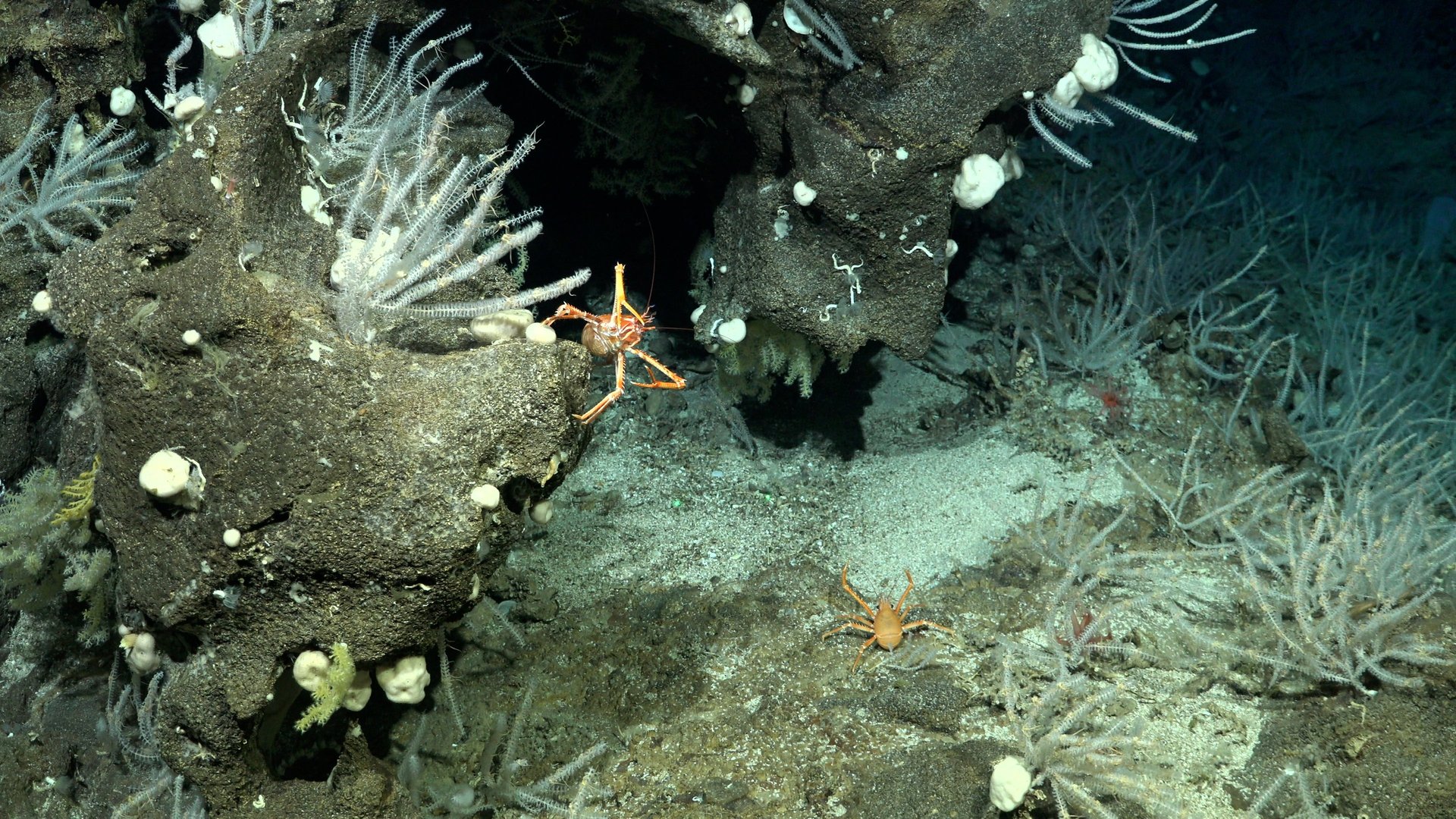
The crustacean in the middle of this coral garden is an example of squat lobster. The name is a bit of a misnomer, however, since squat lobsters are not true lobsters and are more closely related to other crustacean groups such as hermit crabs. This squatter was found along a transect located on the southwestern flank of Rapa Nui.
13 / 13
A Swimming Spaghetti Monster
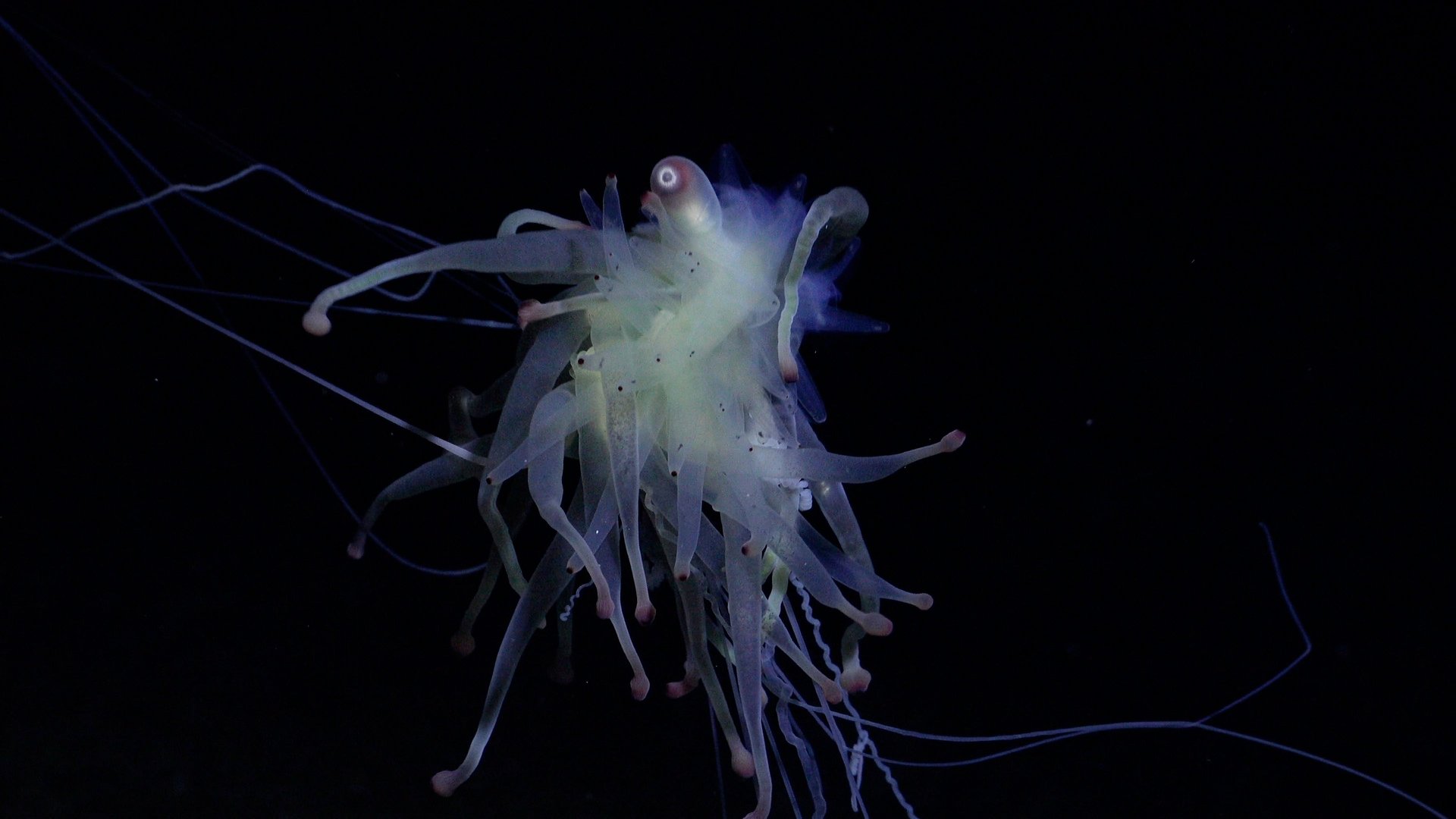
This mass of sea noodles is an example of a Bathyphysa siphonophore, belonging to the family Rhizophysidae. These creatures have often been likened to the flying spaghetti monster, the satirical god of Pastafarianism. It was found on the eastern flank of an unexplored and unregistered seamount within the borders of Chile.
